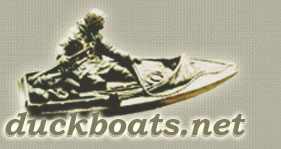I use a bandsaw to cut my blanks. I've monkeyed around starting with a log and a hatchet, and it does work, but I cannot get the accuracy I get when I start from the bandsaw.
As to power carving, I prefer not to use it. I'm not trying to get an argument going but here are my observations as to why I gave it up. I know there are a lot of guys who like to use it and it works well for them. I used to myself.
Loud-I listen to equipment all day at work. Dont need it in the shop.
Dusty- No Explanation needed.
Limited to working in a certain area-I pretty much always have something to carve with me wherever I go, and I set up and carve at a few shows during the summer. With power you are limited buy your extension cord, and it is not conducive to public carving (see dust and noise)
Slow- I've heard it said that power doesn't make you a better carver, but a faster carver, but I think that it doesn't make you either. Properly selected and sharpened hatchets, knives,gouges, skews, spokeshaves, draw knives and rasps will remove wood a LOT faster than power, but a person needs a significant amount of time to learn to keep their stuff sharp (which very few people know how to do) and to use them. Many people simply don't have the time to invest in this.
Last but not least, hand tools are far less money to get started. I tell people when I'm promoting the Institute that $100 will have them on their way to being a decoy maker with tools that will last them a lifetime.
Hatchet $20
Spokeshave $30
Rasp $10
Primary knife $30
Knife with some interchangeable blades $10
Of course a person will want to add to it over time, but this will get decoys carved. Good luck on your decision. Either way, get making some decoys!
